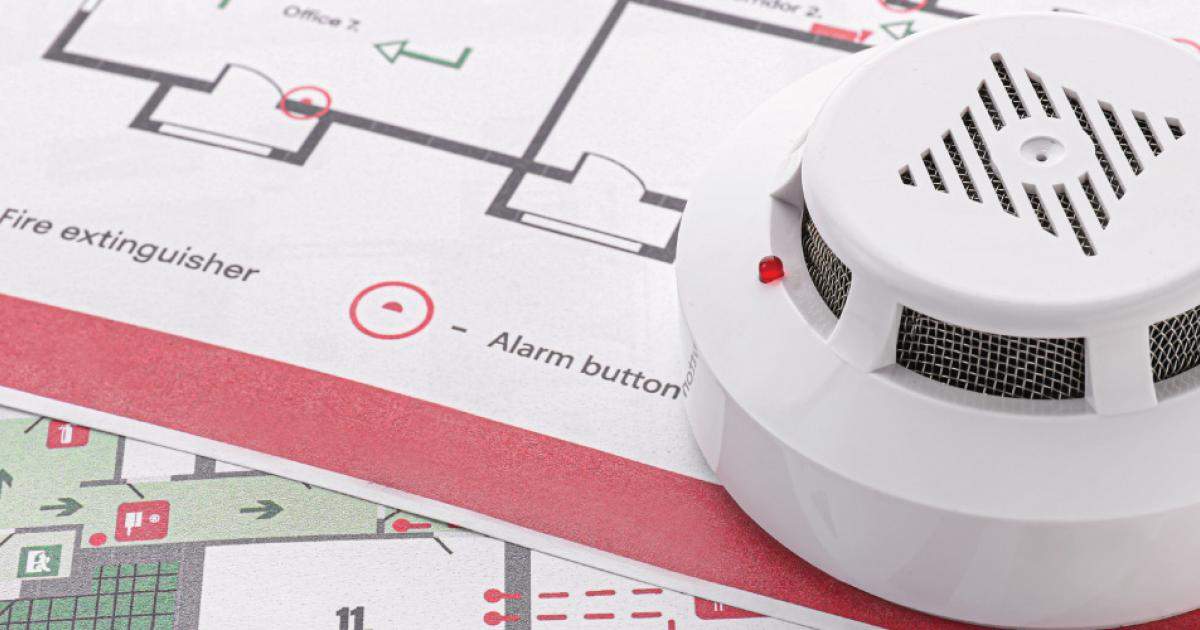These emissions, referred to as Scope 1, are largely within an organisation’s control and can be significantly reduced in areas such as energy efficiency, fleet management, water usage, and waste reduction.
However, pressure is mounting for companies to also target their indirect emissions. These are generated outside an organisation’s own operations, and include purchased electricity, heating and cooling (Scope 2), purchased products and services, travel, transportation and investments (Scope 3).
In this article, we look at how Environmental Product Declarations, known as EPDs or EPD, can be used to help consumers and businesses reduce their Scope 3 carbon emissions.
What is an EPD?
An EPD is an independently verified document that quantifies the environmental impacts of a product throughout its entire lifecycle. It typically considers the entire value chain, including upstream and downstream processes, from material extraction to disposal.
An EPD is a type III environmental declaration that is compliant with the ISO 14025 standard. Declarations are registered and made publicly available to download online.
Benefits of EPDs
Trust and comparability are the two key benefits of an EPD. In contrast to some self-declared eco labels, an EPD is usually verified by an accredited third-party, which gives consumers confidence that the data is credible and transparent.
Verification against international standards (ISO 1425) means that EPDs within the same category group provide comparable information. For example, when comparing global warming potential of two functionally similar products, the same category rules apply. As in, the system boundaries are the same, as are the data quality requirements and allocation rules.
Impact of EPDs on sustainable construction
EPDs are beginning to fundamentally change the way buildings are constructed and renovated. While architects, engineers and designers can choose the most sustainable materials for their project (and in turn, boost their green credentials), manufacturers can make informed decisions to optimise their carbon footprint and market their carbon transparency.
In summary, whether you are a consumer or organisation looking to reduce your Scope 3 emissions through green procurement, or a manufacturer wishing to signal your commitment to measuring and reducing lifecycle environmental impacts of your products, EPDs are key to reducing supply chain emissions.



